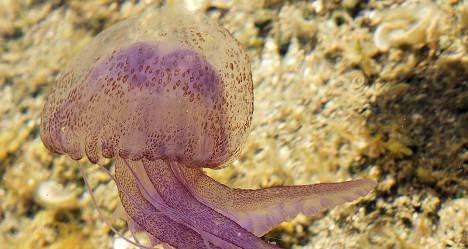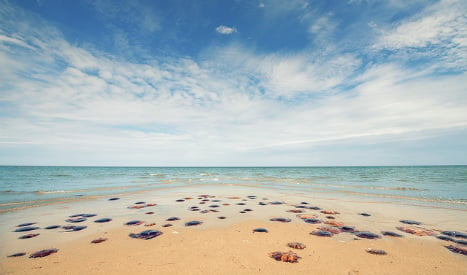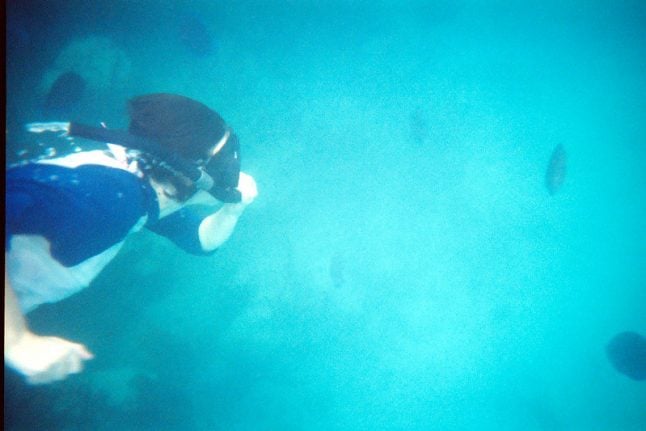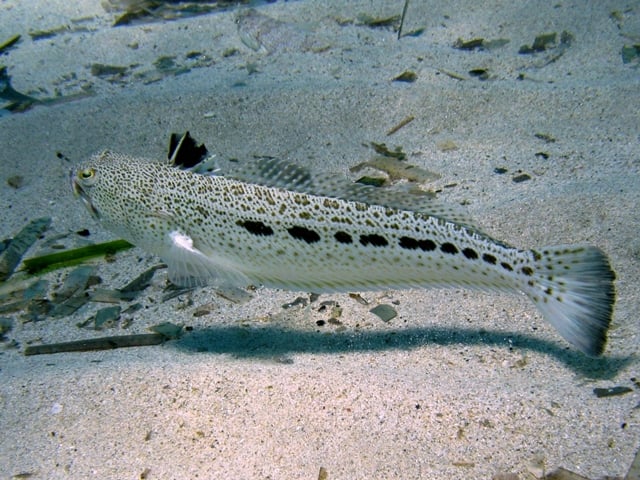Authorities in the Malaga region have cleared around 8 tonnes of the gelatinous creatures from the shore between Nerja and Vélez-Malaga and another 3 tonnes between Torremolinos and Mijas after the coastline experience the biggest bloom since 2012.
El ‘enjambre’ de medusas se traslada al litoral oeste https://t.co/Xn67O55pP6 vía @SER_Malaga pic.twitter.com/8I7itsLhNJ
— SER Málaga (@SER_Malaga) June 17, 2018
The jellyfish have been identified as a species known as the mauve stinger (Pelagia noctiluca) which can cause a nasty case of burning, nausea and muscle cramps if they come in contact with the skin.

Yellow flags have been flying at affected beaches since the weekend to warn of the danger of stings.
Professor Josep Maria Gili from Barcelona's Institute of Marine Sciences,told The Local that the best protection against jellyfish stings is to use sunscreens “well and continuously”.
What to do in case of a jellyfish sting
If you are stung by a jellyfish, Gili advises leaving the water immediately and looking for a lifeguard. If there are no lifeguards on the beach, wash the wound with salt water, never fresh water.
Cool the area down by applying ice for around five to ten minutes. You can also try wetting the wound with vinegar or baking soda dissolved in water.
Protect the area by using an antiseptic to avoid infections. If the pain continues, make sure you consult a doctor.
And Gili warns against the common myth that urinating on a jellyfish sting can help ease the pain.
“That is absolutely false,” he told The Local.
“It could be effective for some fish bites but never for jellyfish.”
READ MORE: Portuguese man o'war stingers close down Costa Blanca and Mallorca beaches




 Please whitelist us to continue reading.
Please whitelist us to continue reading.